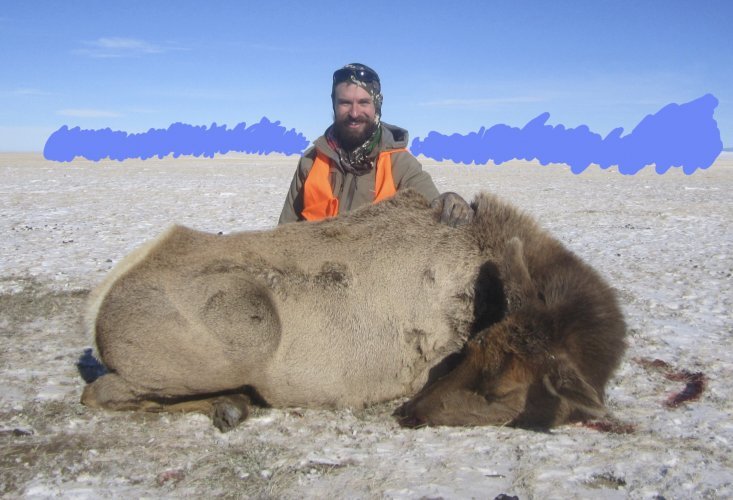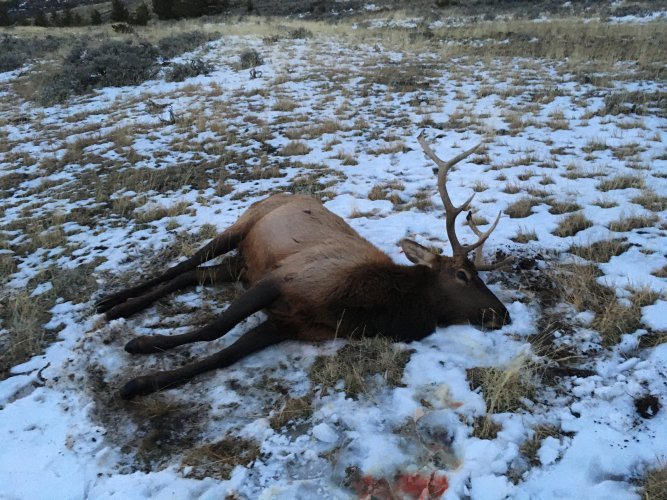BrentD
Well-known member
Well, it might be more about how you go about it. In any event, lots of faculty hunt and shoot. As many as any other profession in my experience.Yeah, times have definitely changed. I went on a little tirade at a party about feed lot cattle and plastic wrapped steaks and antibiotics and all that, and pretty much emptied out the room. Maybe some prairie dog canapés?






